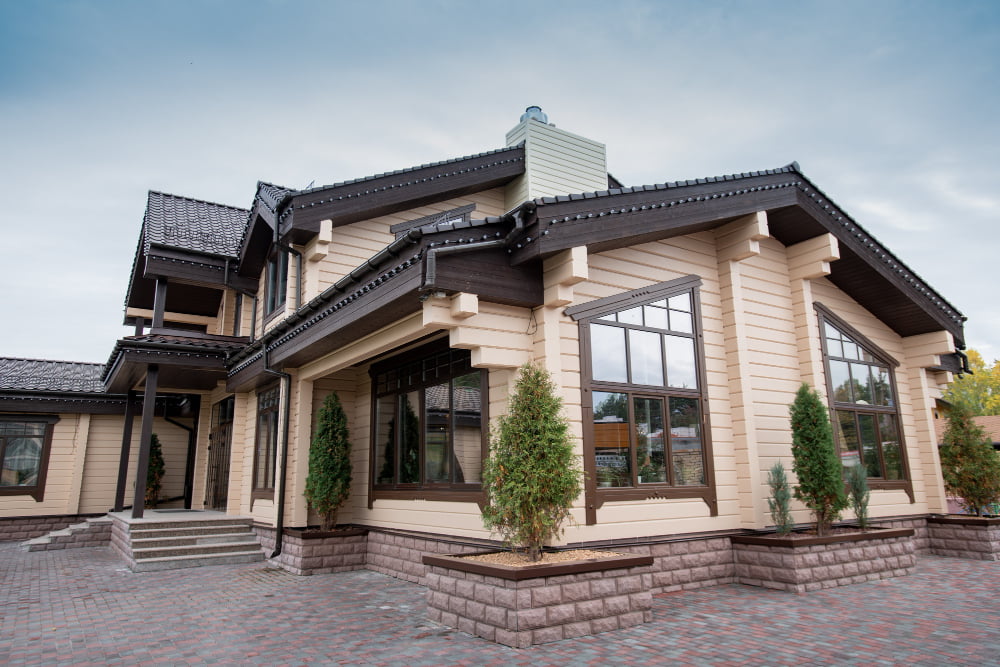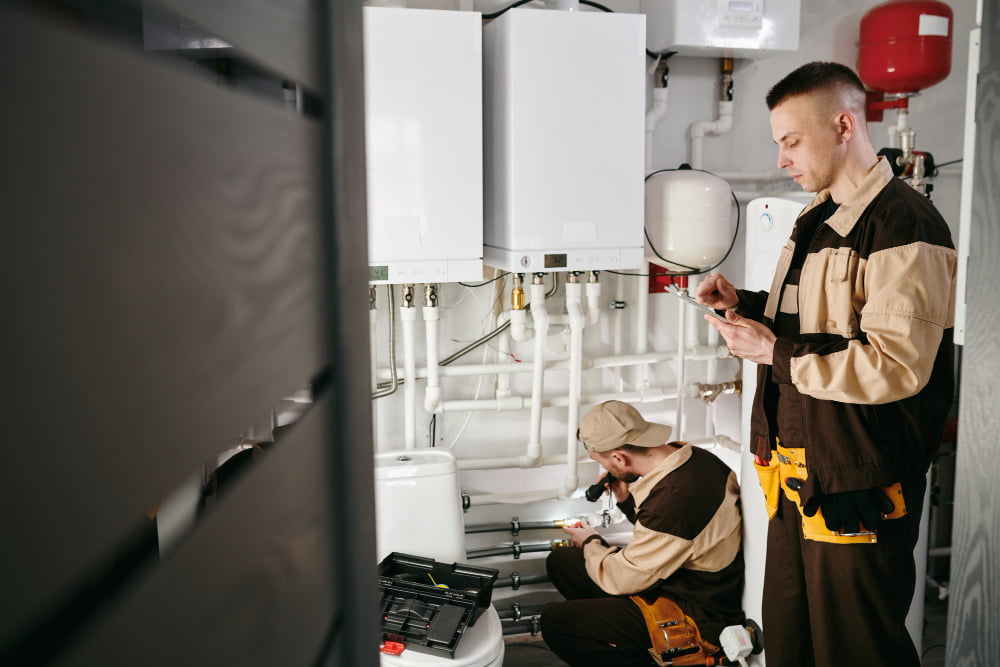Last updated on
Home improvement projects can be a daunting task but are essential in maintaining the integrity and value of your property. From the deep, unseen foundations in the cellar to the protective and ever-visible roof, each part of your home plays a crucial role in ensuring a safe, comfortable living environment.
Undertaking a comprehensive approach to repairing and enhancing these areas not only increases the stability and efficiency of your house but also adds to its aesthetic appeal and market worth. In this guide, we will navigate the complexities of home renovation, giving you valuable insights on where to start, what to prioritize, and how to efficiently manage your home improvement tasks.
Assessing Your Home’s Foundation

Before you even think about cosmetic improvements, inspect the foundation of your home. The cellar or basement holds the weight of your entire house, and any cracks or water damage can spell major trouble down the line. Look for signs of moisture, and cracks in walls or floors, and ensure your sump pump is in working order to prevent flooding. Addressing these issues at the outset can prevent costly repairs in the future and is essential for a stable and secure home.
The Roof: Your Home’s Protective Shield
The roof is your home’s first line of defense against the elements; neglect here can lead to disaster. Regular inspections and maintenance by professional roofing contractors are critical to prevent leaks and minimize wear and tear due to weather exposure. Repairing or replacing missing, broken, or loose shingles is essential to keep your roof in top shape.
Additionally, make sure your gutters and downspouts are free from debris to avoid water damage. In some cases, a new roof may be necessary; it’s an investment that not only protects your home but also improves its curb appeal. A well-chosen roof can also enhance your home’s energy efficiency by reflecting sunlight and reducing cooling needs in the summer.
Upgrading Your Plumbing and Electrical Systems

Once the foundation is deemed solid, turn your attention to the vital systems coursing through the walls: plumbing and electrical. Outdated systems not only make your house less efficient, but they can also be a safety hazard.
Consider hiring professionals to assess the material and condition of pipes and wiring. An upgrade can improve daily living with better water flow and pressure, prevent unexpected leaks, and ensure your electrical system can handle modern appliances safely.
Enhancements for Energy Efficiency
Energy efficiency is key to a cost-effective, comfortable home. Start with your windows and doors: are they properly sealed and insulated? If not, this could be a major source of energy loss. Adding or replacing weather stripping and caulking can prevent drafts, and modern double or triple-paned windows can greatly improve insulation. Don’t forget to assess your home’s insulation overall — in the walls, attic, and even the floors — to ensure maximum retention of heat and air conditioning.
Renewing the Core Rooms: Kitchen and Bathroom
Now, moving on to the interior, focus on the rooms that see the most use: the kitchen and bathroom. Whether you’re looking for a full remodel or just some minor updates, consider functionality and style. Replacing outdated appliances with energy-efficient models, updating fixtures, and adding a fresh coat of paint can transform these spaces. Remember that even small changes can significantly increase both the usability of these rooms and your home’s overall value.
Tackling home improvement from the cellar to the roof requires careful planning, prioritization, and execution. By methodically assessing and addressing each core area of your house, from the fundamentals of the foundation to the aesthetics of interior design, you fortify your home’s structure, functionality, and beauty.
Regular maintenance and timely upgrades can prevent long-term costs and add considerable value to your property. Each project, whether small or extensive, contributes to creating a home that is safe, efficient, and a haven of comfort for you and your family. Remember that the journey of transforming your house into a dream home is an ongoing process that demands patience and dedication, but the results are well worth the effort.
Recap:



